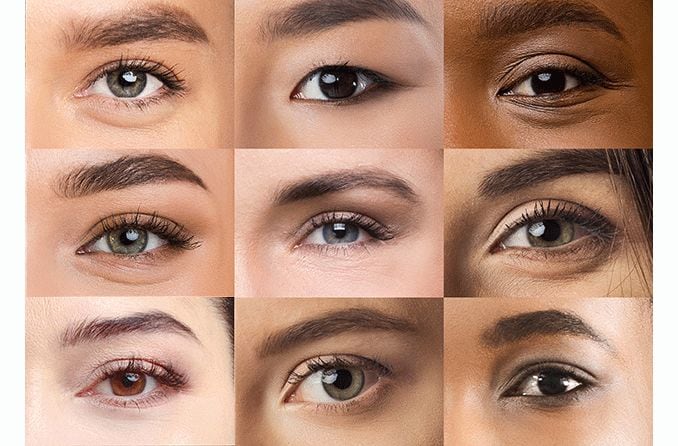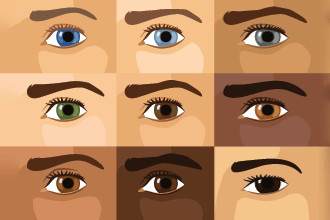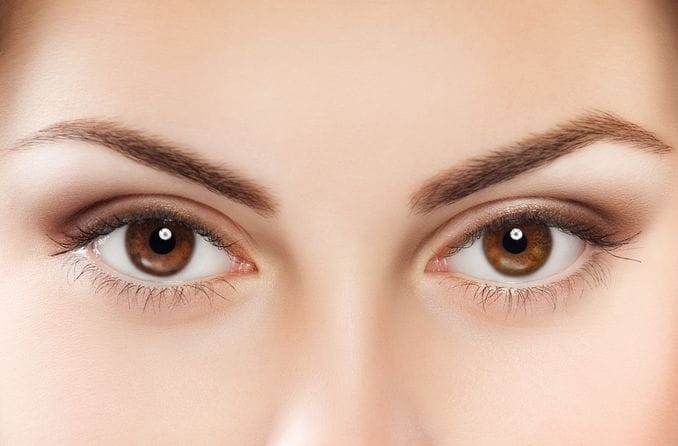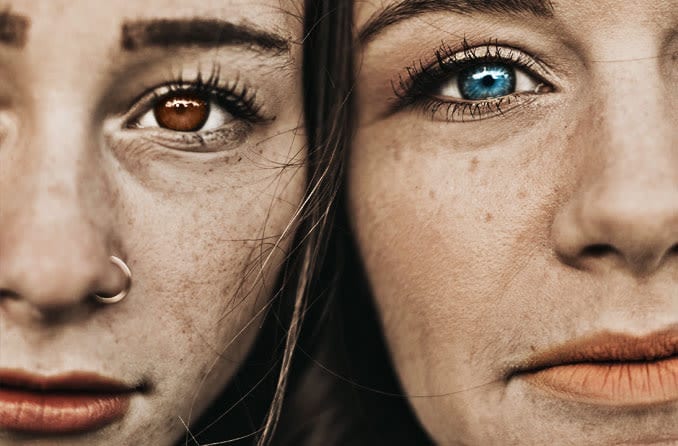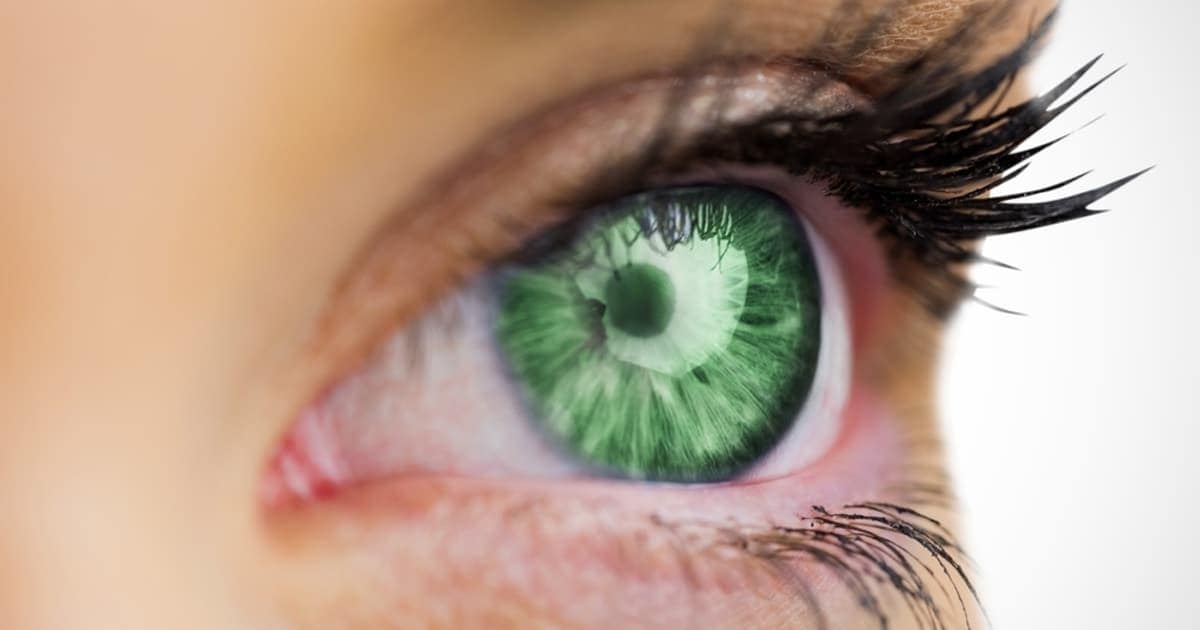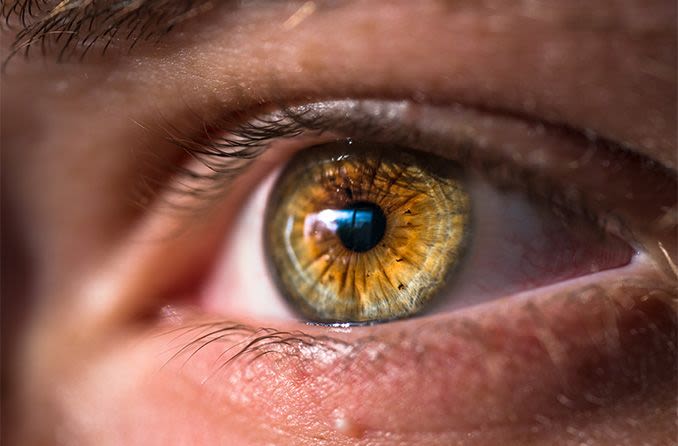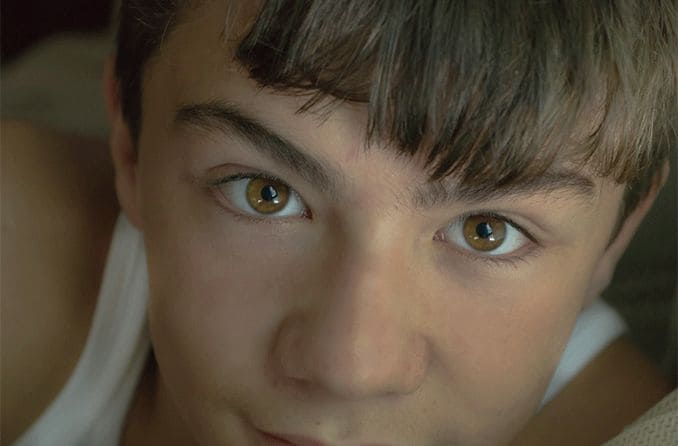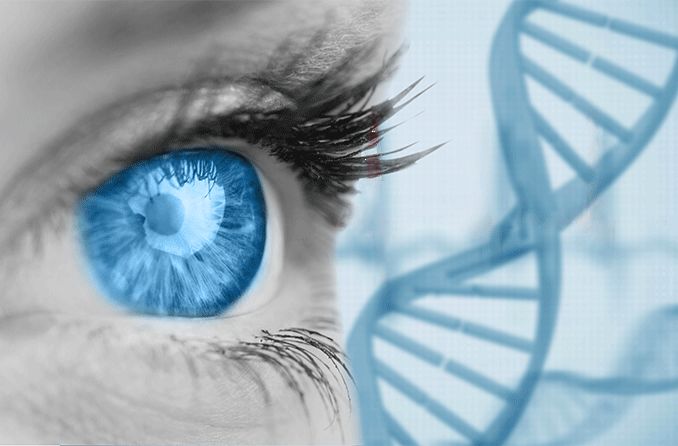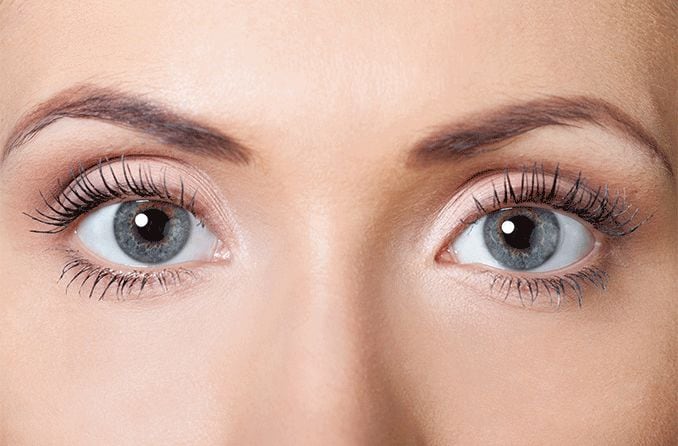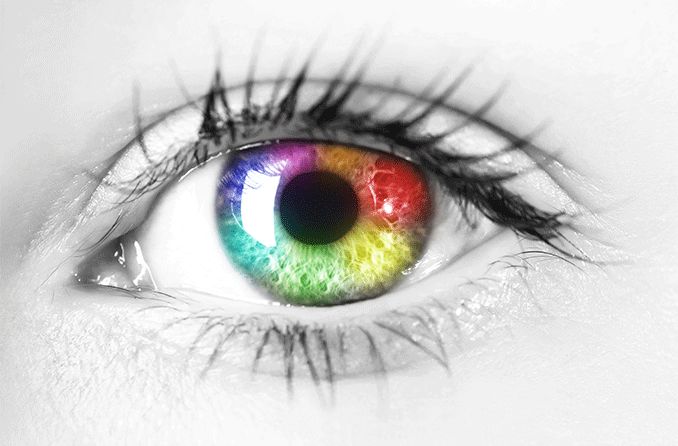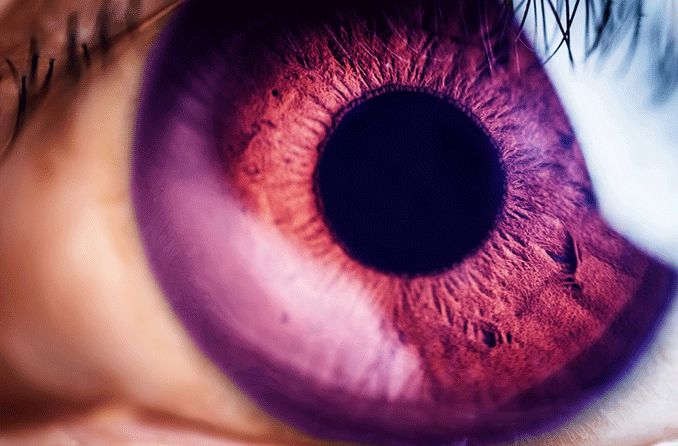What causes different eye colors?
Eye colors depend on how much pigment resides in the iris — the eye structure that surrounds the pupil and often is called the colored part of the eye. There is only one pigment that determines eye color: It's called melanin.
The color of your eyes depends on how much melanin there is in your iris. If you have a lot of melanin, you'll have brown eyes (or some other dark eye color). If you have less melanin in the iris, you'll have a lighter eye color.
